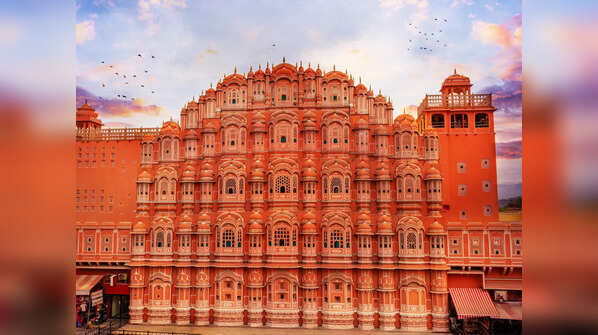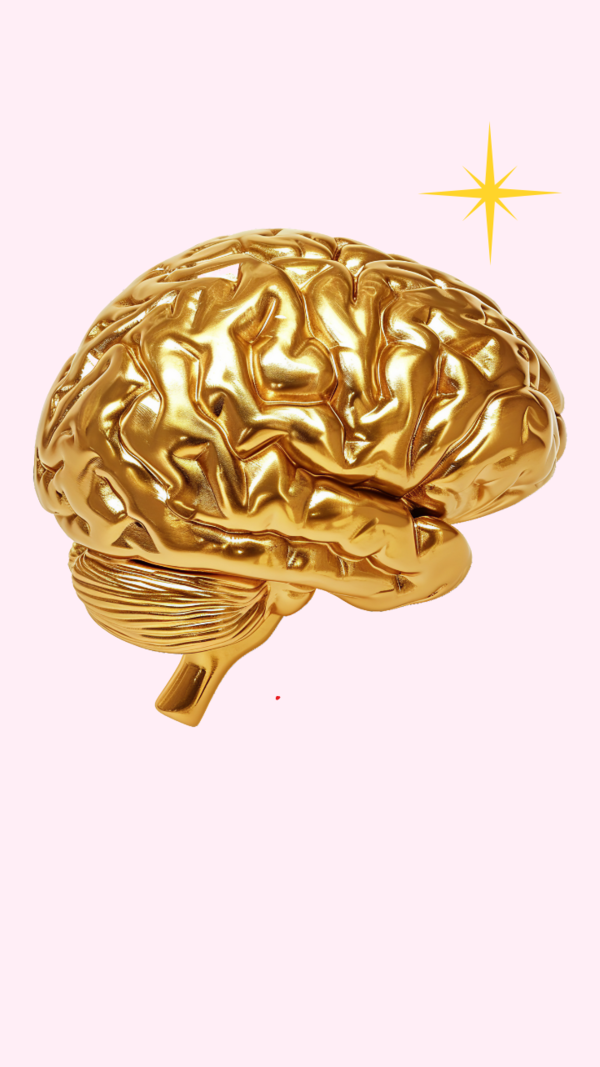- News
- lifestyle
- travel
- destinations
- From pink to golden: India's most colorful cities and their stories
From pink to golden: India's most colorful cities and their stories

From pink to golden: India's most colorful cities and their stories
India, a land of many vibrant traditions, cultures, and a rich history. The diversity of the nation is reflected in its breathtaking color-coded cities. These cities are not only renowned for their particularly colored towns but also for their enormous cultural importance. From pale pink to golden sands of Jaisalmer, every one of these color-coded cities has something to communicate through its color scheme.
Let us look at the top six color-themed cities of India.

The Golden City– Jaisalmer, Rajasthan
Jaisalmer, the Golden City, rises like a mirage in the heart of the Thar Desert. It is attributed with its golden color is attributed to the locally available yellow sandstone that has been utilized for construction, reflecting in sunlight. The pride of the city is the awe-inspiring Jaisalmer Fort, a World Heritage Site, where individuals reside and conduct commerce within the fortifications of their medieval fort. Havelis in the city, like Patwon Ki Haveli and Salim Singh Ki Haveli, reflect intricately carved facades and age-old glory. The city is famous for its heart-pounding desert safaris, camel rides, and stargazing on Sam and Khuri dunes. The city is entertained by a musical and dance extravaganza with traditional Rajasthani colors during the Desert Festival, a golden glimpse of India's desert culture.

The Blue City—Jodhpur, Rajasthan
Another jewel of Rajasthan, Jodhpur, is called the Blue City. The name comes from the blue-painted buildings that cluster around the imposing Mehrangarh Fort. The color was traditionally used by the Brahmins, but later the city adopted it as a city tradition. Blue also repels insects and heat. The gigantic Mehrangarh Fort atop a hill boasts a stunning view of the city and blue-hatted roofs that lie below. Other sites include the Jaswant Thada, Umaid Bhawan Palace, and spice, antique, and vintage cloth markets. The coming together of history, architecture, and cinematic visual identity makes Jodhpur an unforgettable experience.

The Pink City—Jaipur, Rajasthan
Jaipur is commonly known as the Pink City, one of the most colorful and culturally rich cities of India. Renowned for its beautiful palaces, intricate architecture, and lively streets. This city was painted pink in 1876, when Maharaja Sawai Ram Singh ordered the buildings to be painted pink in order to welcome the Prince of Wales, as pink symbolizes hospitality. Today, the city's vibrant architecture glows in the hues of terracotta pink, particularly in the ancient Jaipur. Jaipur has presented India with many gems, such as the massive Hawa Mahal, the breathtaking Amer Fort, and the massive City Palace
Apart from these ancient buildings, Jaipur is also famous for the crowded lanes of Johari Bazar and Bapu Bazar, which are great options if you are interested in buying traditional Rajasthani jewelry, clothing, and handicrafts. With its regal past, cultural events, and Rajasthani food, Jaipur provides an unforgettable combination of history and vibrancy well worth its evocative nickname.

The White City– Udaipur, Rajasthan
The Indian White City, Udaipur, is renowned for its exquisite white marble palaces, tranquil lakes, and dreamy landscape. Nicknamed the "City of Lakes," it boasts Lake Pichola, Fateh Sagar Lake, and the City Palace, which is world-famous for its ivory and white-colored architecture. The royal past, traditional streets, and scenic boat cruises make Udaipur India's most romantic city. Udaipur was the capital of the Mewar Kingdom and still retains the luxury of the Rajputs. The white marble structures shine in sunlight by day and glow like pearls in moonlight, lending the city an eternal charm. Do not miss Jag Mandir, Saheliyon Ki Bari, and Monsoon Palace views.

The Red City—Agra, Uttar Pradesh
Agra, also known as the Red City, boasts exquisite red sandstone structures, especially those from the Mughal period. The Agra Fort, a World Heritage Site, is an enormous red sandstone fort compound that used to be the Mughal emperor's palace. Agra is not far from Fatehpur Sikri, another ancient red sandstone city that is filled with beautiful Mughal architecture. While Agra might be best known for the white marble Taj Mahal, its red stone buildings have equally interesting stories to share about India's imperial history. Agra is also renowned for local food, leather products, and marble art. Visiting Agra leads to a greater appreciation of the Mughal heritage and architectural genius in the context of kingly red.

The Orange City—Nagpur, Maharashtra
Nagpur, also known as the Orange City, is Maharashtra's third-largest city and one of the leading orange cultivation and trade hubs. It takes its name from the various orange groves in the city and is a gigantic hub for the export of oranges both in India and overseas. Other than oranges, Nagpur is packed with other things. It is an important part of history based on Deekshabhoomi, which is a holy place for Buddhists where Dr. B.R. Ambedkar converted to Buddhism. Yet another distinctive landmark is the Zero Milestone, the geographical center of colonial India. Open spaces such as Futala Lake, Ambazari Lake, and Seminary Hills are also to be found within the city. With the acquired urban experience and strong historical background, Nagpur offers an intriguing mix of nature, culture, and citrus charm.









